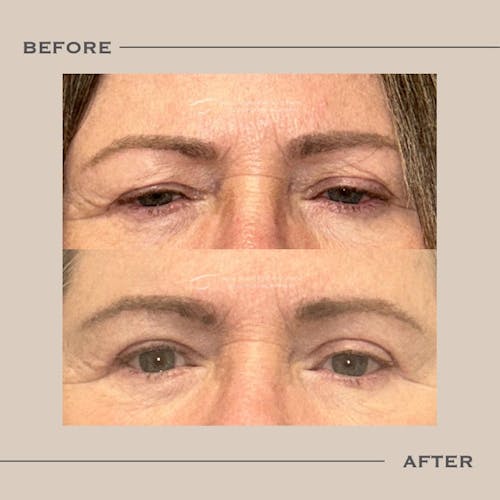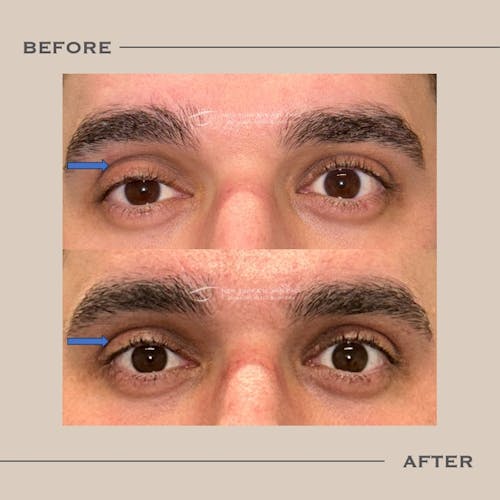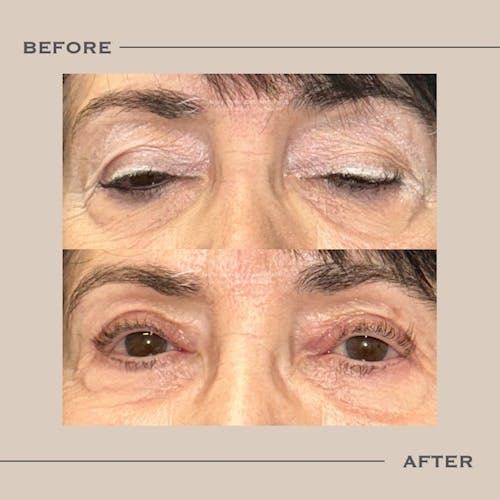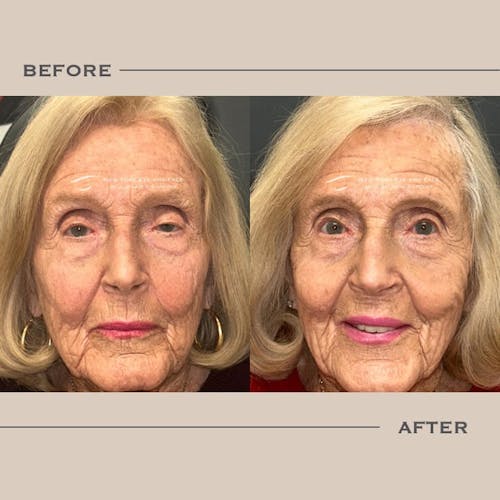Functional ptosis repair is a surgical procedure that corrects upper eyelid drooping that may obscure vision or cause other functional concerns. By reinforcing the muscles responsible for lifting the eyelids, ptosis surgery has the potential to significantly improve one's field of vision.
Ptosis and Reconstruction Basics
The levator palpebrae superioris muscle is key in eyelid movement. When this muscle or its neural innervation is compromised, it can lead to ptosis. Ptosis is a condition where the upper eyelid droops, affecting one or both eyes. This sagging can range from mild, barely noticeable, to severe, where the lid can cover the pupil entirely and impede vision.
Causes of ptosis include the following:
- A developmental defect in the levator muscle, which is responsible for lifting the eyelid
- Aging, as the tendon of the levator muscle can stretch or separate away from the eyelid
- Conditions that affect the nerves, such as Horner’s syndrome or third nerve palsy
- Muscle diseases like myasthenia gravis
- Injury to the eye area
- The weight of a tumor or swelling in the eyelid
Some examples of the most common symptoms of ptosis include the following:
- Drooping of one or both upper eyelids
- Difficulty keeping eyes open
- Eye strain or fatigue, particularly when trying to read
- Forehead muscle strain from attempting to raise eyelids
- Impaired vision
Functional ptosis repair is a surgical procedure to improve significant visual compromise from low-hanging eyelids. The surgery involves repairing or reconstructing the muscles that lift the eyelid to restore functionality.













